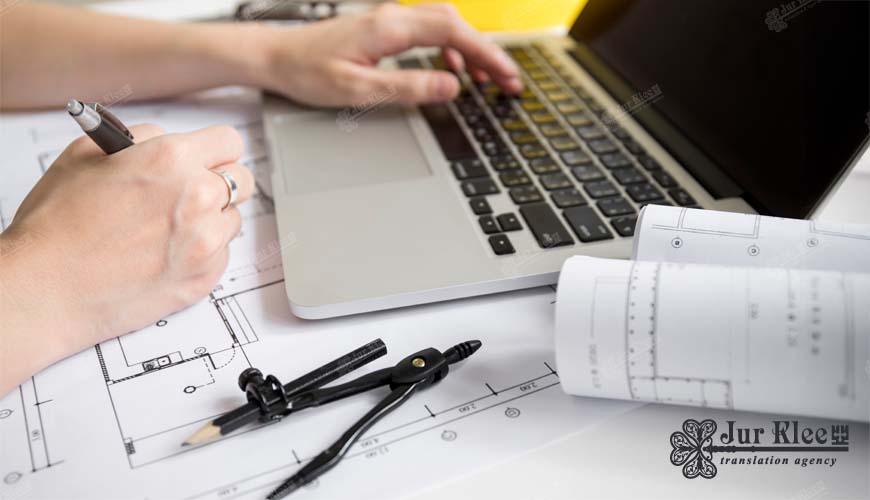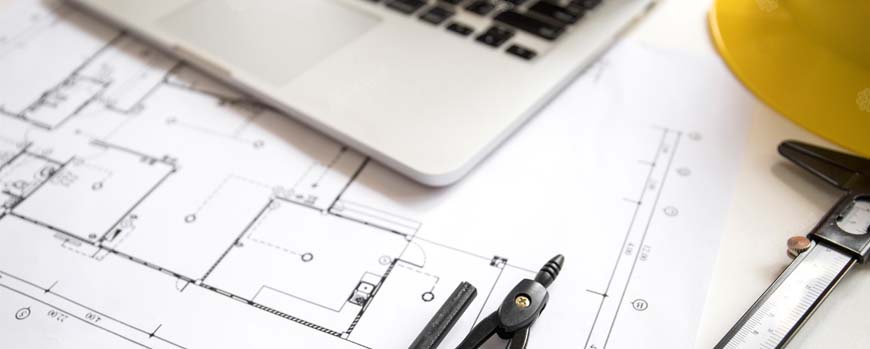
Tips for technical documentation translation: how to avoid mistakes and improve quality
Translation of technical documentation is a difficult and responsible task that requires not only a deep knowledge of the language, but also an understanding of the specifics of the industry, technical terms and standards. Errors in the translation of technical texts can lead to serious consequences: improper use of equipment, violation of safety standards or even financial losses. In this article, we will look at the key tips for translating technical documentation that will help you avoid common mistakes and improve the quality of translation.
Deep understanding of the subject area
Before proceeding to the translation of technical documentation, it is necessary to thoroughly understand the subject in question. Technical texts can relate to a wide variety of fields: from information technology and engineering to medicine and mechanical engineering. For an accurate and correct translation, it is important to have an idea about:
- Technical processes described in the document;
- Principles of operation of hardware or software;
- Industry terminology and standards.
If the translator is not familiar with the subject area, this may lead to incorrect interpretation of information or the use of incorrect terms. Therefore, the first step to successful translation of technical documents is to study the context and understand what is being discussed.
Using specialized terminology
Technical documentation is replete with highly specialized terms that may have different meanings depending on the context. An incorrectly translated term can significantly change the meaning of the text, so it is important to use the correct industry terms.
To do this, you should use the following methods:
- Glossaries and databases of terms. The creation and use of glossaries help to maintain the uniformity of terms throughout the text. This is especially important if the translation includes many documents that need to be agreed on terminology.
- Translation Memory (TM). Translation memory tools such as SDL Trados or MemoQ allow you to save previously translated phrases and terms. This speeds up the translation process and helps to avoid mistakes with repetitive terms.
- Consultation with an expert. If a translator comes across new or complex technical terms, you can always seek advice from a specialist in this field.
Text structure and formatting
Technical documentation usually has a strict structure and formatting that must be preserved during translation. This includes:
- Precise headings and subheadings. Proper use of headers helps the document structure to remain logical and easy to read.
- Numbering and lists. It is necessary to accurately convey the structure of numbered lists, items and sub-items. Incorrect numbering can confuse the reader and make it difficult to understand the text.
- Tables, diagrams and graphs. The translator must not only translate the text inside tables and diagrams, but also preserve their original formatting. This is important in order for the document to be understandable and user-friendly.
To maintain the formatting and structure of the text, it is recommended to use programs that support working with source files (for example, PDF, XML or other technical documentation formats).
Compliance with standards and regulations
Many industries and companies have their own internal standards and regulatory requirements for the preparation of technical documentation. For example, in the IT industry, specific formats can be used to describe software or APIs, and in mechanical engineering, safety standards and standards for the use of equipment.
When translating technical documentation, it is necessary to take into account all relevant standards and regulations. This may include:
- International standards (e.g. ISO, ANSI);
- Industry requirements.
- Requirements of the customer company.
To avoid mistakes, always ask the customer which standards should be taken into account when translating documentation.
Simplicity and clarity of the language
Technical documentation should be understandable and logical for the target audience. This means that the translation should be done in simple and clear language, avoiding complex constructions or unclear formulations.
Despite the abundance of terms and technical descriptions, it is important to keep the text understandable. Here are some tips on how to achieve this:
- Use short and clear sentences. Avoid complex grammatical constructions that can complicate the understanding of the text.
- Check the terminology carefully. Make sure that the terms used are correct and comply with industry standards.
- Do not translate verbatim. Technical texts require not only the translation of words, but also the adaptation of information for the target audience, which may not have deep technical knowledge.

Quality control and post-editing
After the translation is completed, it is necessary to take time for quality control and post-editing. Even when using modern translation automation tools, errors related to grammar, style, or terminology can always occur.
It is recommended to perform several proofreading steps:
- Reconciliation of the translation with the original. Make sure that all text elements, including technical terms, tables and diagrams, are translated correctly.
- Checking for terminology compliance. Use glossaries and translation memory to check the uniformity of terms.
- Editing and proofreading. Read the text several times to improve the style and make sure there are no errors.
It is also useful to involve a second translator or editor to double-check the text. This helps to identify errors that might have been missed during the first proofreading.
Using automated translation tools
Modern technologies can greatly facilitate the process of translating technical documentation. Translation automation tools such as Machine Translation (MT) and Translation Memory (TM) allow you to speed up the work process and improve quality.
Some programs that will help you translate technical texts:
- SDL Trados Studio. One of the most powerful programs for professional translators, supporting translation memory and terminology databases.
- MemoQ. A tool that allows you to effectively manage translation projects and maintain terminology uniformity.
- DeepL. Machine translation, which is often used to translate complex technical texts due to its high accuracy and ability for contextual analysis.
Using these tools helps to automate routine tasks, leaving more time for editing and improving the quality of translation.
The translation of technical documentation requires the translator to pay special attention to details, a deep understanding of the subject area and the use of the right tools to ensure the accuracy and clarity of the text. Following the recommendations, such as using specialized terminology, maintaining the structure of the document and checking compliance with standards, helps to avoid mistakes and improve the quality of translation.
Do not forget about the importance of post-editing and automating translation using modern software. These steps will make the translation process faster and more efficient, and the result will be professional and accurate.
